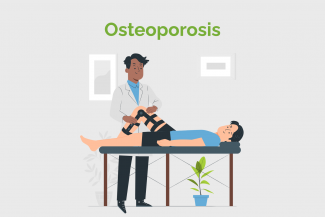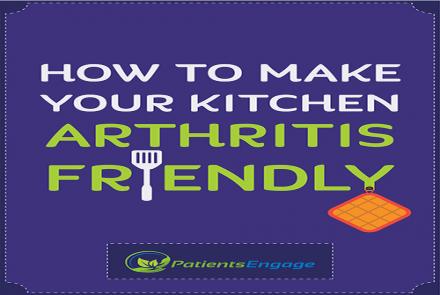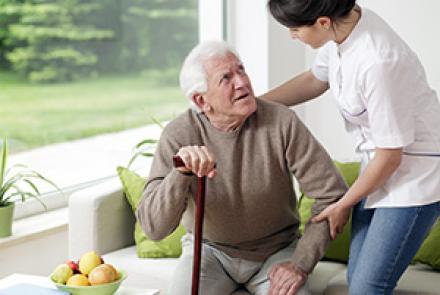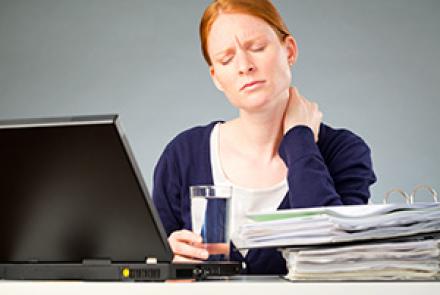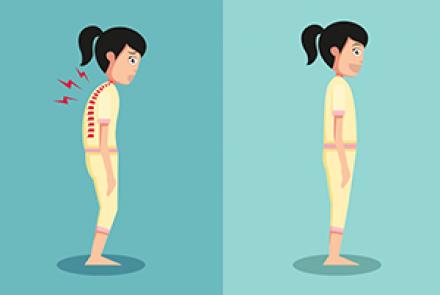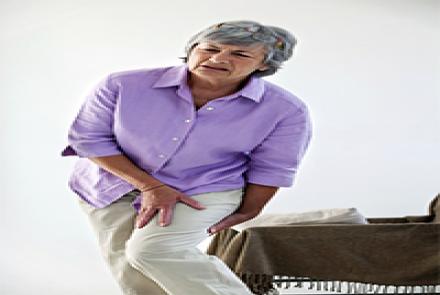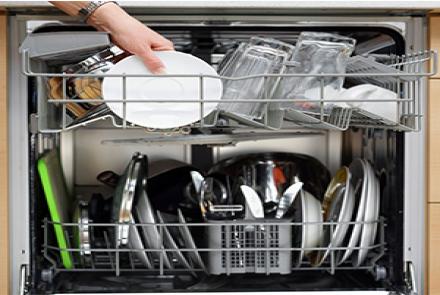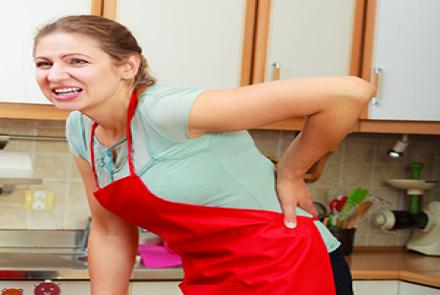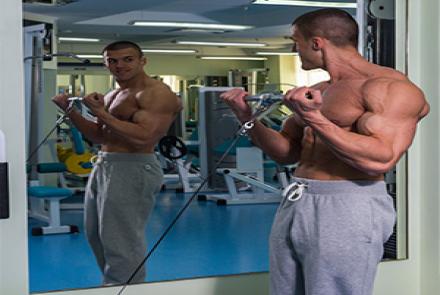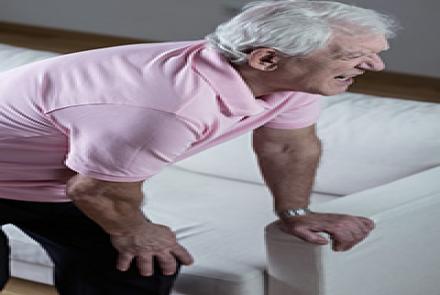
What causes osteoporosis
Limited formation of bone early in life, or loss of bone structure later in life leads to osteoporosis. The factors that help in bone growth during youth affect bone mass during the adult years, particularly the following:
• Poor calcium intake
• Poor absorption of calcium from the gut
• Reproductive calcium intake, i.e., the amount of calcium utilized by the body in women
• Vitamin D deficiency
• Lack of physical activity
• Increased Parathyroid gland function, which releases more calcium from the bone
• Increased age
• A drop in oestrogen in women during menopause
• A drop in testosterone in men
• Immobilisation, ie, being confined to bed
• Excessive consumption of alcohol
• Smoking
• Hyperthyroidism
• Chemotherapy
• Excessive steroid use
Are you at risk of developing osteoporosis
• With increasing age, bone tends to become thinner which increases the risk of osteoporosis.
• History of osteoporosis in the family: Our bone health is largely dependent on the genes we inherit from our parents. In fact, if one of your parents has broken a hip, you may be more susceptible to developing osteoporosis and fragile bones.
• Being a woman: Women have smaller bones than men and they experience menopause, when bone breakdown speeds up, outpacing bone creation.
• Low body weight: If you have low BMI (body mass index) - below 19g/m2 - you are at greater risk of developing osteoporosis.
• Had previous fractures: If you have already broken bones easily, including in the spine, you are more likely to have fractures in the future.

